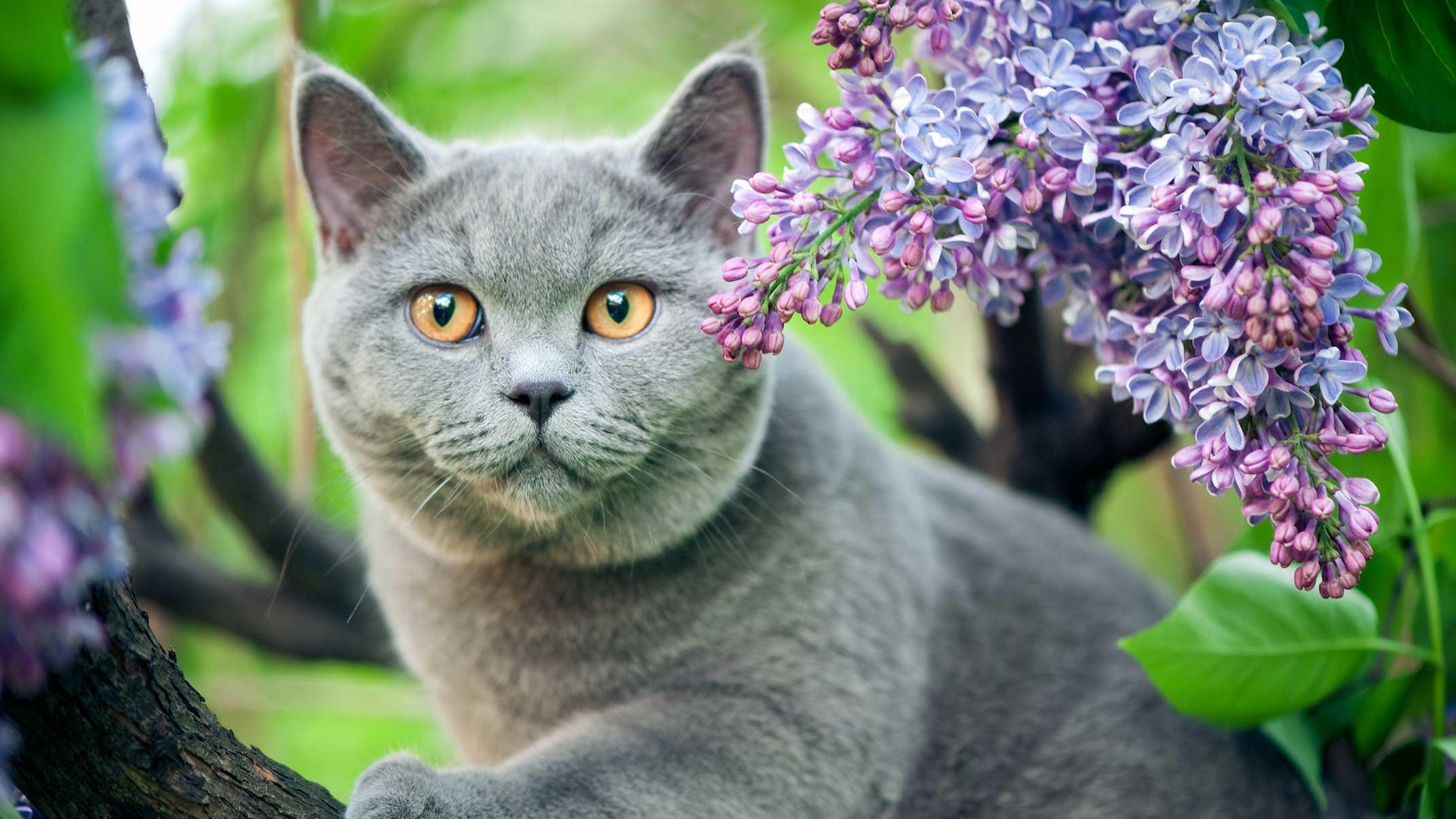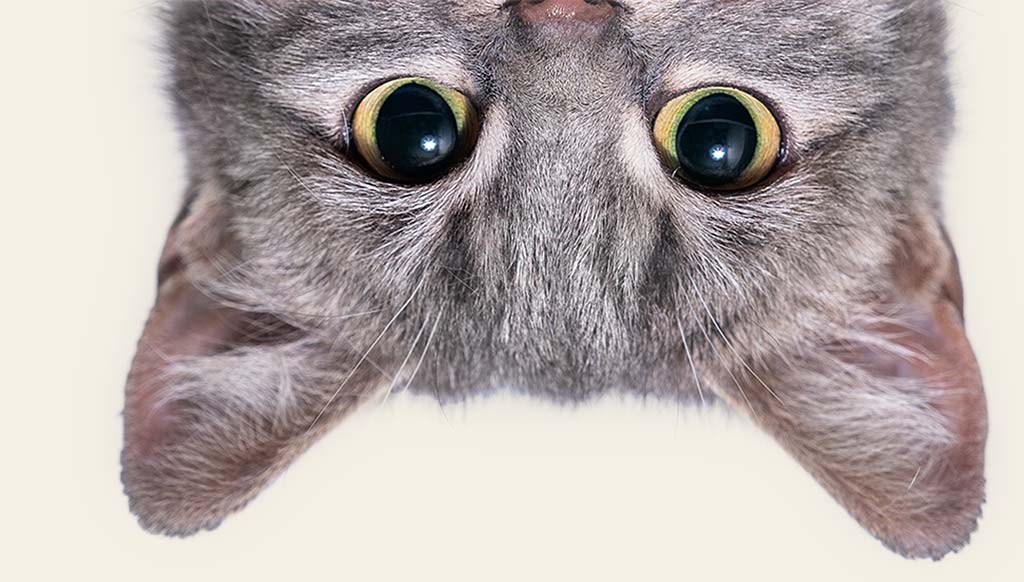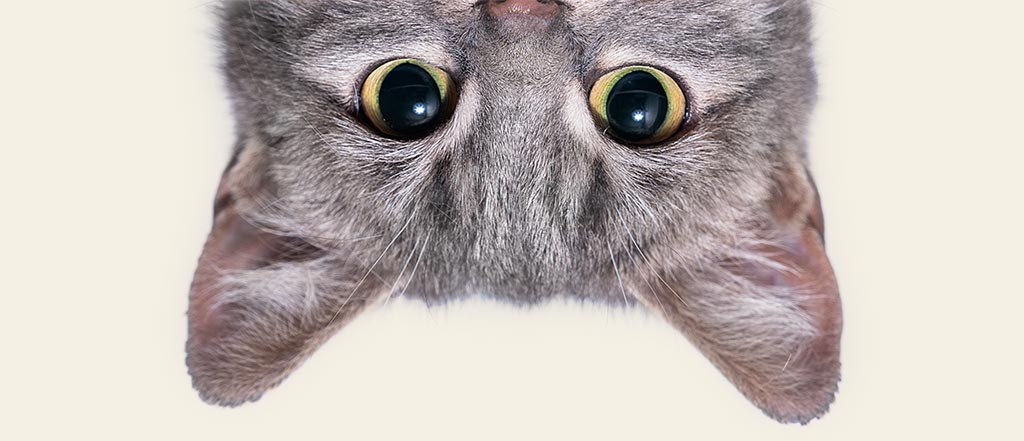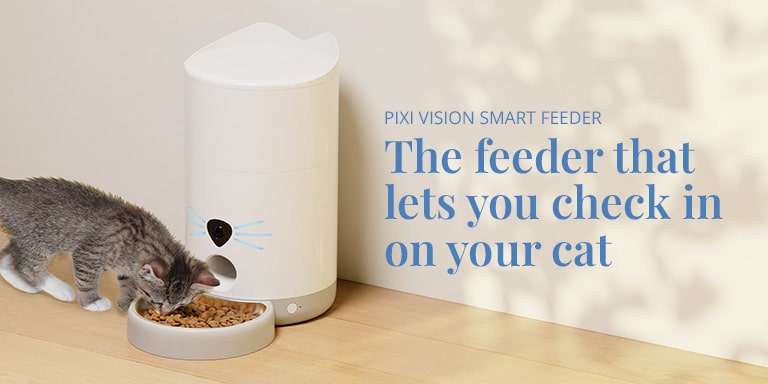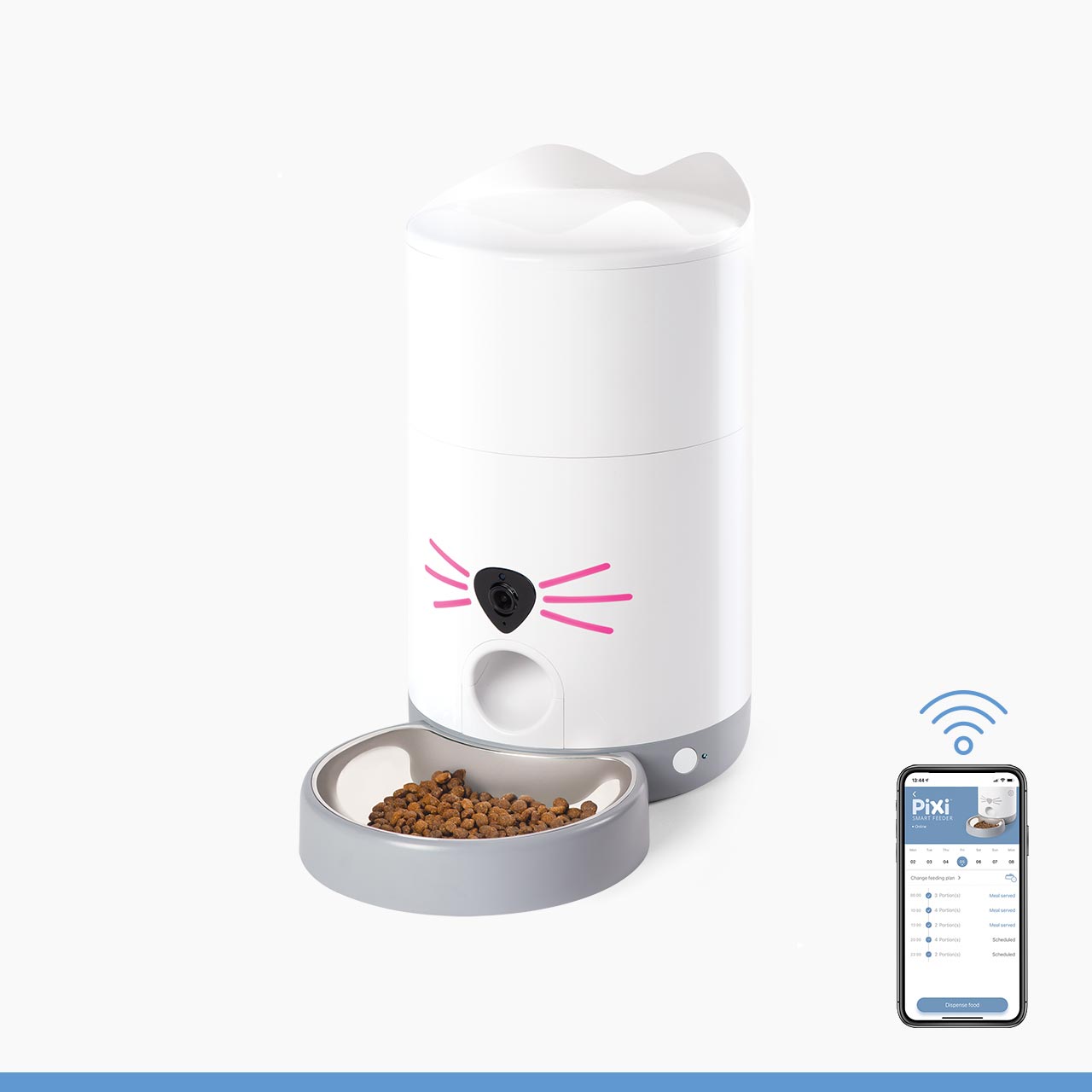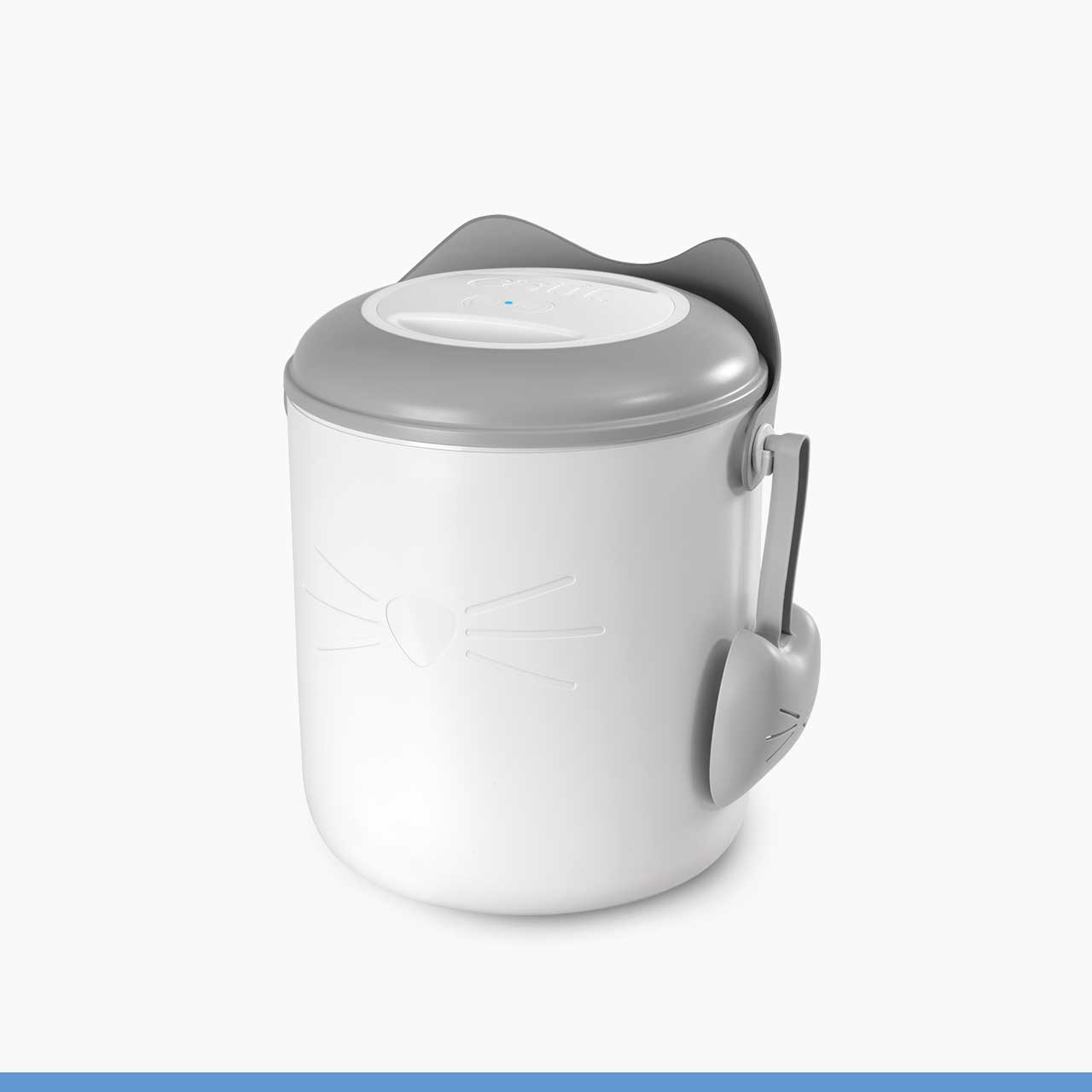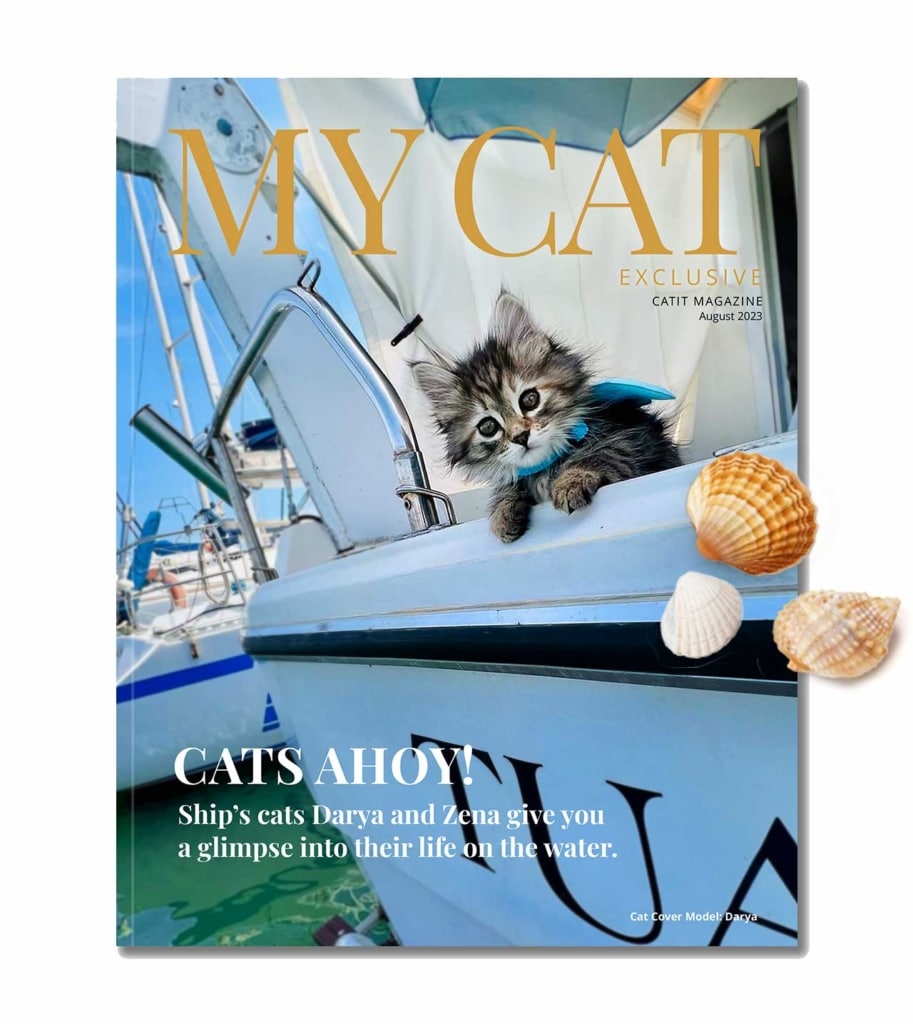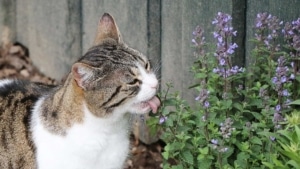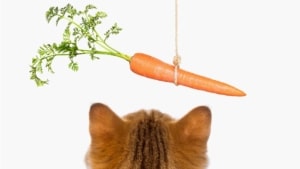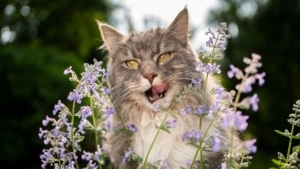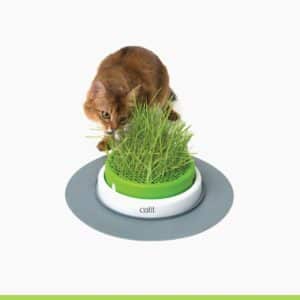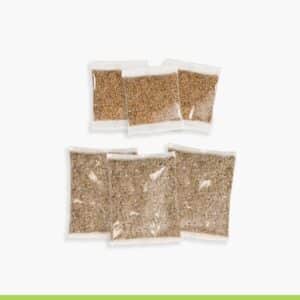In this article
How do I know whether a plant is safe or not?
In this article, we talk about the plants and flowers that pose the biggest threat to your feline friend’s health. Are you looking for a comprehensive overview of all plants that might negatively affect your cat? Cats protection offers handy, printable lists that you can take with you to the store.
Get rid of any lillies!
Although Lilies are super popular in flower arrangements and bouquets, few people know these flowers are also extremely dangerous to cats. While all parts of the lily are toxic to your feline friend, it’s the pollen that’s the trickiest as it can super easily end up on your cat’s fur and be ingested when grooming. Even a very small amount of pollen is enough to cause kidney failure. So, if you have any lilies in your home or garden, make sure to remove them straight away! If you suspect your cat may have ingested any part of the lily plant, including the pollen, immediately contact your vet for medical advice. Note that symptoms might only appear after hours or even days, so better be safe than sorry.

Daylily (hemerocallis)
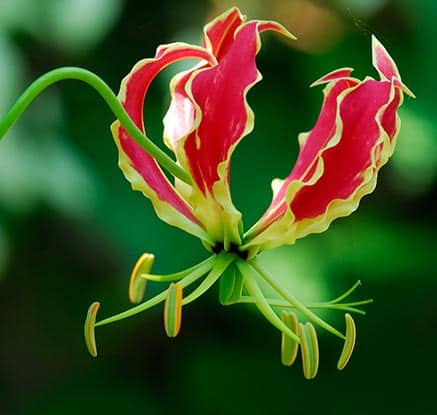
Flame lily (gloriosa)
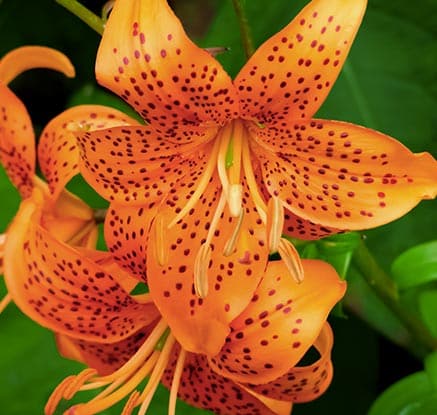
Tiger lily (Lillium tigrinum)
Never miss an issue of the FREE My Cat Exclusive digital magazine!
Other plants that are major no-go’s
Below, we further list some plants that should be kept far out of reach of any cat. Among them are the autumn crocus and the lily of the valley, which both are family of the lily.
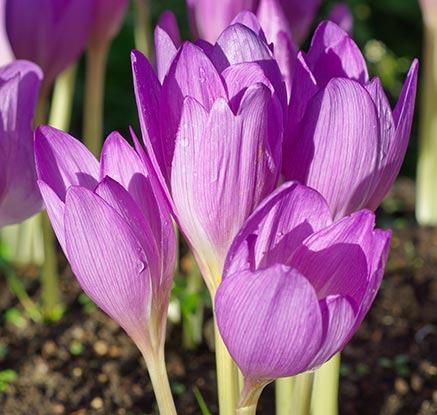
Autumn Crocus (Colchicum autumnale)
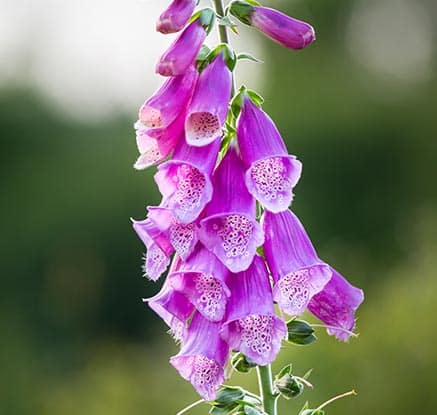
Foxglove (digitalis)
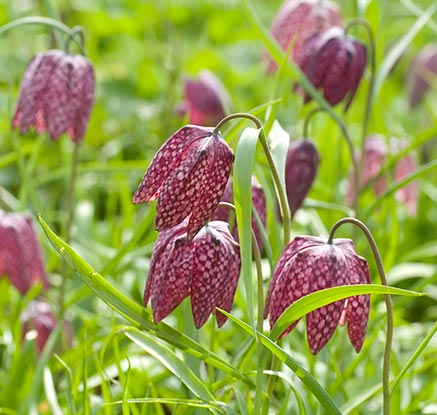
Fritillary (snakeshead)
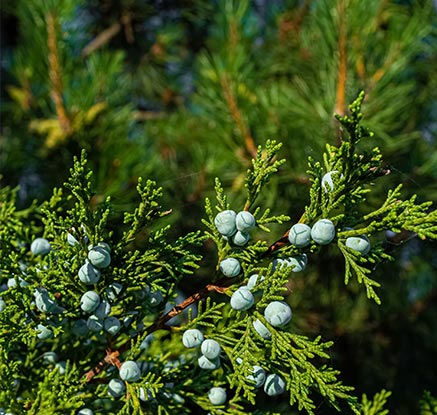
Juniper berries (savin, sabina)
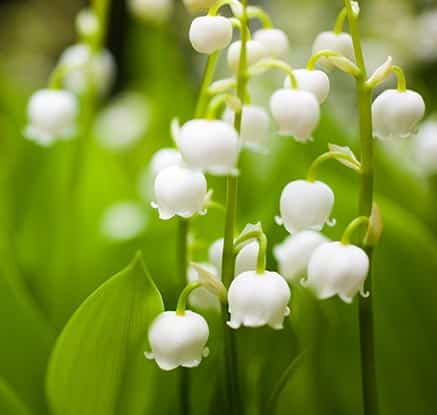
Lily of the valley** (convallaria majalis)
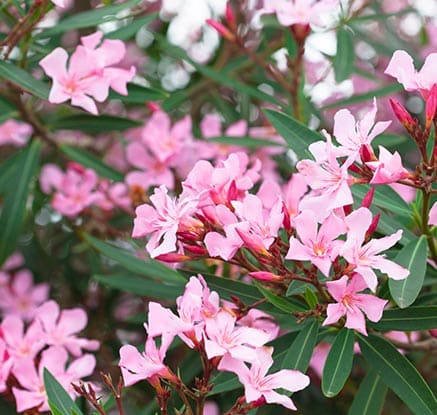
Nerium oleander** (dogbane family)
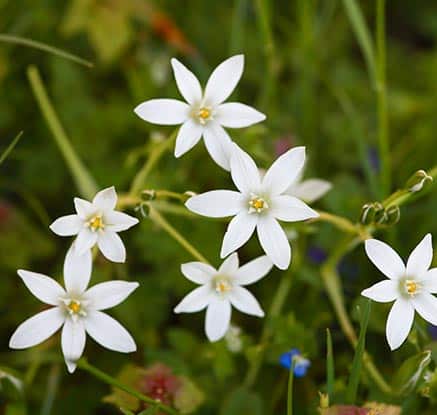
Ornithogalum umbellatum (star of Bethlehem)
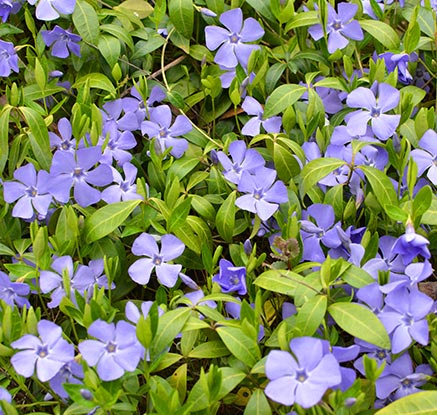
Vinca minor (periwinkle)
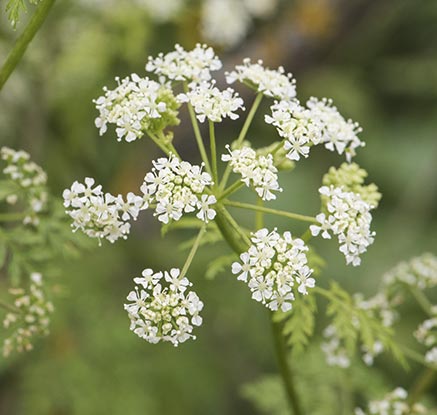
Water hemlock
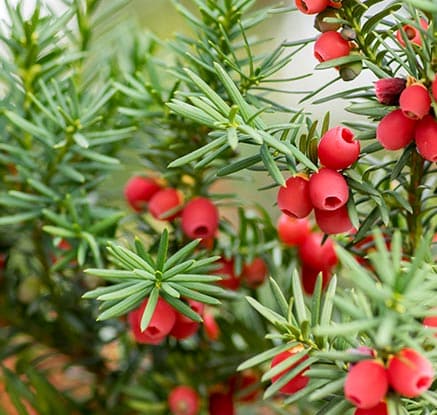
Yew (Taxus sp.)
What are the symptoms of plant poisoning in cats?
Plant poisoning can show in many ways. Below, we list the most common symptoms. If you think your cat might have been poisoned by ingesting plant parts or otherwise, please contact your vet for medical advice straight away.
Some of the most common symptoms of plant poisoning include:
- drooling
- vomiting
- diarrhoea
- drowsiness
- confusion
- difficulty breathing
- twitching
- collapse
- seizures
- coma
What do I do when I suspect my cat might have been poisoned?
First of all, take toxic plant away from your cat. Next, reach out to the vet as soon as possible. If your country offers ambulance services for pets, contacting them can be an option as well, especially if symptoms are serious. If you know which plant or flower it is your cat might have ingested, take a sample with you to the vet, or at least take very clear pictures. Many plants have a label on their pot with their Latin name on it, which comes in handy when your vet wants to do some further research to determine the right treatment. If you can’t reach your vet right away, reach out to your country’s poison control hotline.
